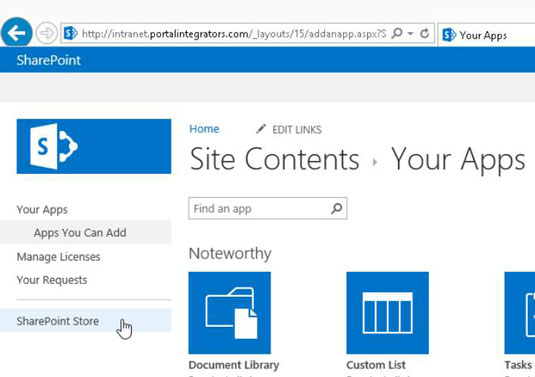


While the app launcher “pin” feature described above is certainly a step in the right direction, there is some doubt it will be useful for anything but the smallest organizations in its current form. Search enforces a “begins with” condition, but improvements are coming on that

We are still limited in seeing the first 50 apps in the picker and

The process of adding an app is simple – press the Add applicationīutton and browse the list of first- and third-party apps registered in your The landing page will alsoĭisplay them as part of the apps section, once the feature is released that is. Which they will appear on the app launcher. Three different apps can be added here, and you can also arrange the order in This last part will not be needed once the feature is released officially. The corresponding controls can be found in the Azure AD blade under Enterprise apps -> User settings, but only after you’ve added the “ ?feature.officepromotedapps=true” string to the URL to access the preview. Now, this hasn’t all been released yet, but you can take a glimpse of how the feature is supposed to work in the recording of the BRK2061 session. But given how much time it has taken for Microsoft to develop this basic functionality, we should cherish it. Pinning applications to the app launcherĪdmins will finally be able to “pin” apps to the app launcher, meaning the app will be displayed on the initial view, without users having to go through the All apps page and manually “pin” it first. Now, we’re finally seeing Microsoft address some of the most common pains. On the other hand, simple feature requests, such as the ability to centrally add an entry to the app launcher on behalf of the end user has been ignored for years. Even the app icons are displayed differently across different M365 endpoints, resulting in a very fragmented experience. The app launcher (waffle menu) has gone over a few iterations but still isn’t universally supported across all apps. Yet, we’ve seen little to no improvement in the way apps are presented to end users. Over the past few years, the Microsoft 365 ecosystem has rapidly grown in both the number of first-party products and services offered by Microsoft and third-party apps that integrate with Azure AD.


 0 kommentar(er)
0 kommentar(er)
